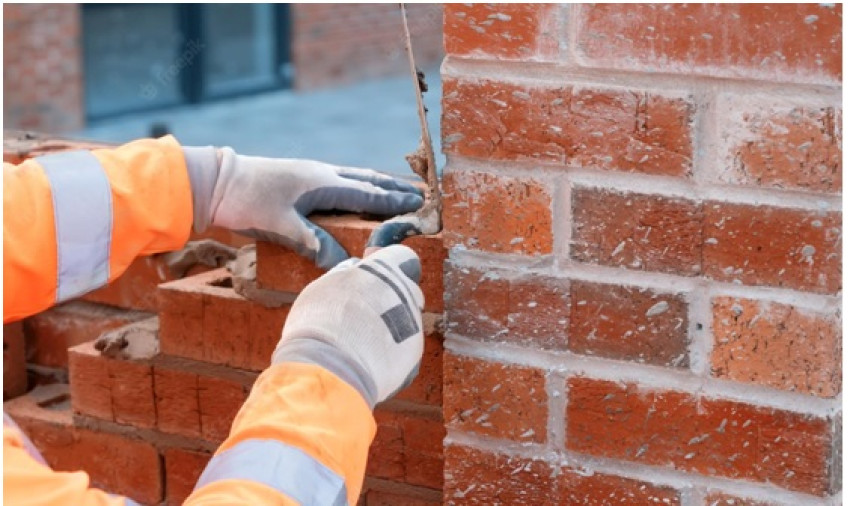
Unleashing the true potential of any structure requires strength, durability, and innovation. And when it comes to cutting-edge materials that tick all these boxes, one word stands out: carbon fiber. This revolutionary material has taken the world by storm with its unmatched structural advantages and extraordinary versatility. From aerospace engineering to automotive design, carbon fiber has become a game-changer in countless industries. Today, we dive deep into the science behind this wonder material and explore how carbon fiber wrapping can elevate the strength of structures to new heights. So fasten your seatbelts as we embark on a journey through the fascinating world of carbon fibre wrapping !
What is Carbon Fiber?
Carbon fiber is a material that has revolutionized the way we think about strength and durability. It is composed of thin strands of carbon atoms, meticulously woven together to create an incredibly lightweight yet incredibly strong structure. The secret lies in its unique molecular composition, which gives it unparalleled tensile strength.
But what makes carbon fiber so special? Well, for starters, it boasts an impressive strength-to-weight ratio that surpasses traditional materials like steel or aluminum. This means that structures made with carbon fiber can be significantly lighter without sacrificing integrity or stability.
Another remarkable characteristic of carbon fiber is its resistance to corrosion and fatigue. Unlike metals, which are prone to rusting and degradation over time, carbon fiber retains its structural integrity even under extreme conditions. This makes it ideal for applications where longevity and reliability are paramount.
Moreover, carbon fiber exhibits excellent thermal conductivity properties. It can efficiently dissipate heat generated by mechanical processes or external sources, preventing overheating and ensuring optimal performance.
The Different Types of Carbon Fiber
When it comes to carbon fiber, there is not just one type that fits all applications. In fact, there are several different types of carbon fiber available on the market today, each with its own unique properties and characteristics.
One common type of carbon fiber is known as standard modulus carbon fiber. This type has a relatively low stiffness compared to other types but offers excellent strength and durability. It is commonly used in applications where weight reduction is a priority.
On the other end of the spectrum, we have high modulus carbon fiber. This type has an incredibly high stiffness-to-weight ratio, making it ideal for applications where rigidity and strength are crucial. High modulus carbon fiber is often found in aerospace and racing industries due to its exceptional performance capabilities.
The Advantages of Carbon Fiber Wrapping
Carbon fiber wrapping offers a multitude of advantages that make it an increasingly popular choice in various industries. One major advantage is its remarkable strength-to-weight ratio. Carbon fiber is incredibly lightweight, yet it surpasses steel and aluminum in terms of strength. This makes it ideal for applications where weight reduction is crucial without compromising structural integrity.
Another advantage of carbon fiber wrapping is its exceptional durability. It has excellent resistance to corrosion, chemicals, and UV radiation, making it highly suitable for outdoor use or in environments with harsh conditions. Unlike other materials, carbon fiber does not deteriorate easily over time, ensuring long-term performance and cost-effectiveness.
Additionally, carbon fiber wrapping provides enhanced stiffness and rigidity to structures. It can be custom-designed to reinforce specific areas prone to stress or weakness. By adding layers of carbon fiber wrap onto existing structures like concrete or steel beams, their load-bearing capacity can be significantly increased while maintaining flexibility.
How to Wrap Carbon Fiber
When it comes to wrapping carbon fiber, there are a few key steps to follow in order to achieve the best results. First and foremost, you'll need to gather all of the necessary materials: carbon fiber fabric, epoxy resin, mixing cups and sticks, gloves, and a brush or roller for application.
Before starting the wrapping process, it's important to properly prepare the surface that will be wrapped. This typically involves cleaning and sanding the area to ensure optimal adhesion. Once your surface is prepped and ready, it's time to mix your epoxy resin according to the manufacturer's instructions.
Conclusion
Understanding the structural advantages of carbon fiber wrapping is crucial in harnessing the full potential of this remarkable material. Carbon fiber, with its exceptional strength-to-weight ratio and durability, has revolutionized various industries, from aerospace to automotive and beyond.
By exploring the different types of carbon fiber available, we can choose the one that best suits our specific needs. Whether it's standard modulus carbon fiber for general applications or high modulus carbon fiber for enhanced stiffness and strength requirements, there is a type of carbon fiber suitable for every project.




